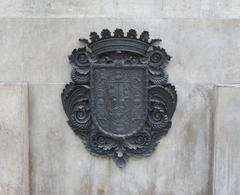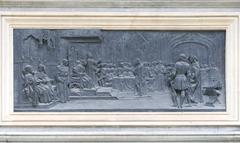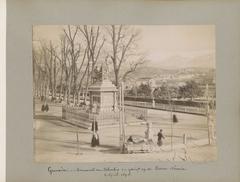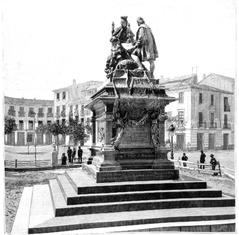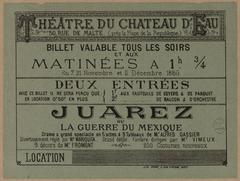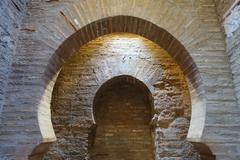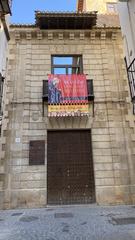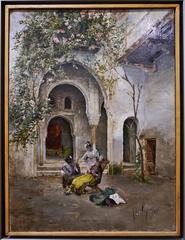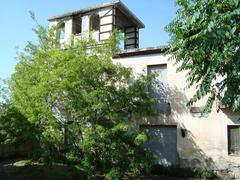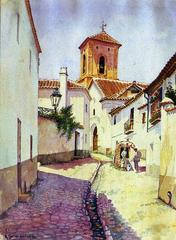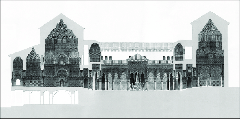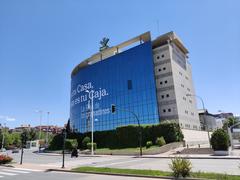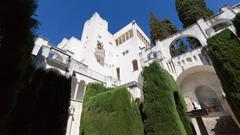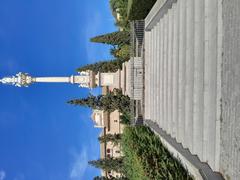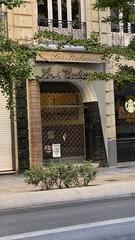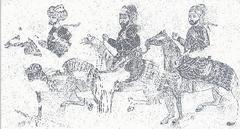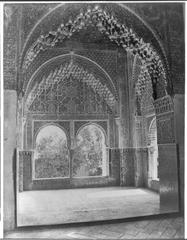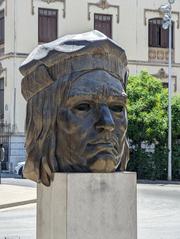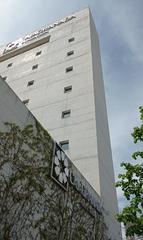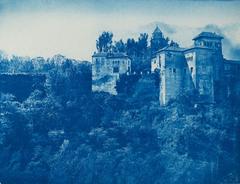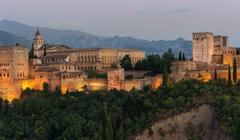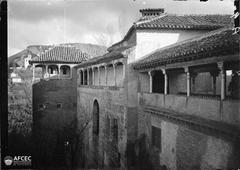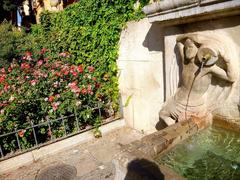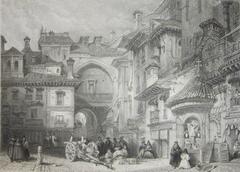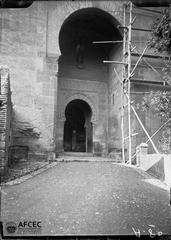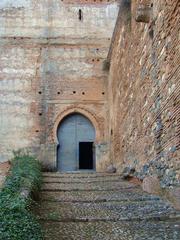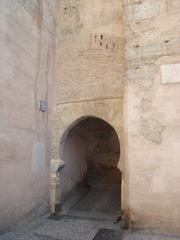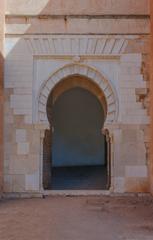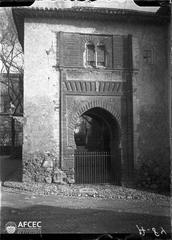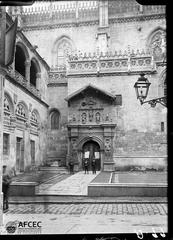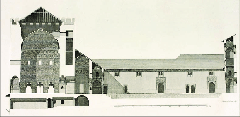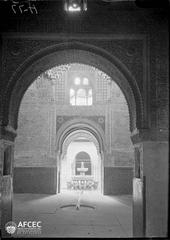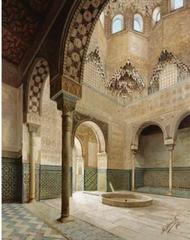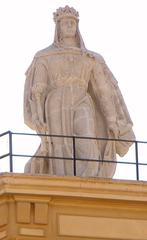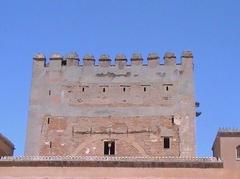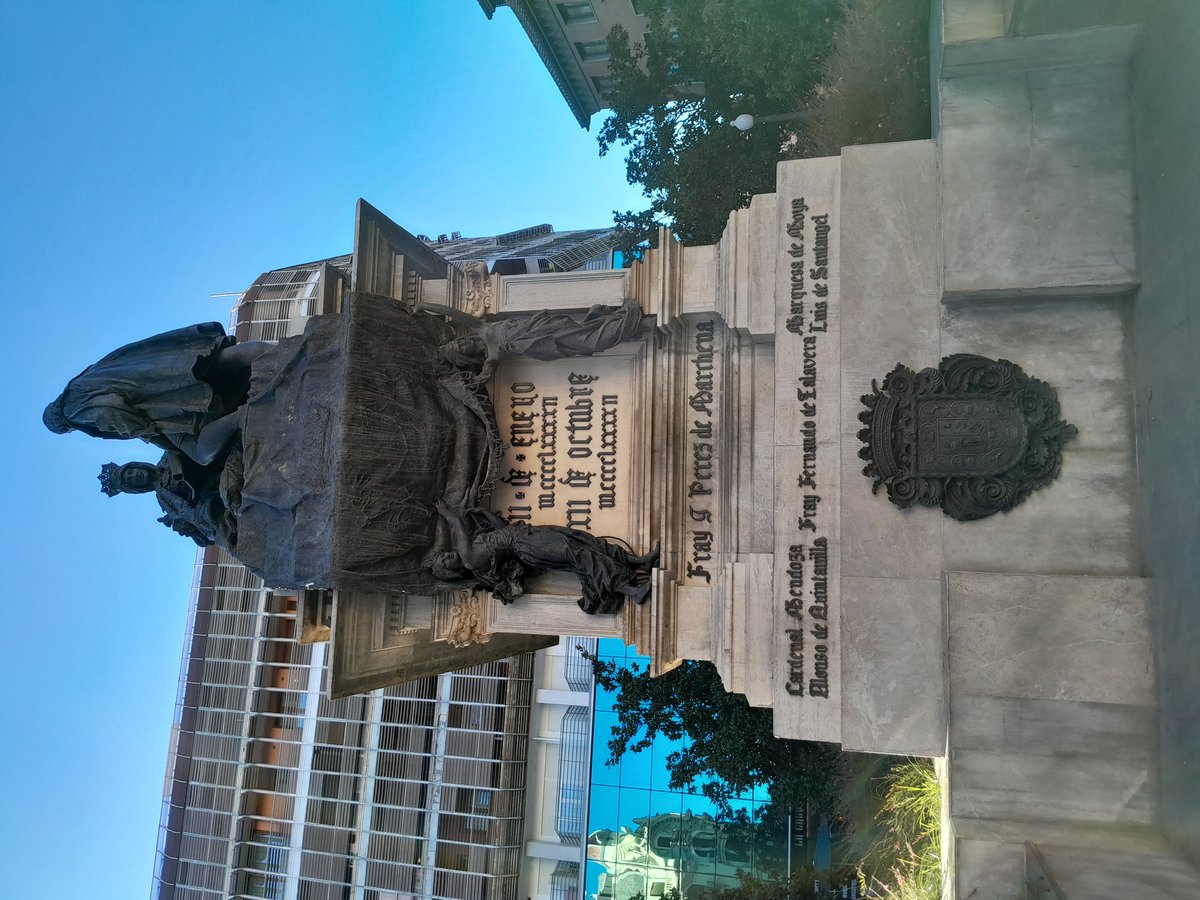
Comprehensive Guide to Visiting Plaza Isabel La Católica, Granada, Spain
Date: 18/07/2024
Introduction
Plaza Isabel La Católica is a historical gem situated in the vibrant heart of Granada, Spain. This iconic plaza commemorates a pivotal moment in Spanish history—the completion of the Reconquista by Queen Isabella I of Castile and King Ferdinand II of Aragon in 1492. Their victory over the Moors not only unified Spain under Christian rule but also marked the beginning of the Spanish Empire’s global expansion. Named after Queen Isabella, the plaza serves as a lasting tribute to her legacy and the transformative period she helped to shape (History.com).
At the center of the plaza stands a monumental statue of Queen Isabella and Christopher Columbus, sculpted by Mariano Benlliure in 1892. This statue captures the historic moment when Queen Isabella granted Columbus the support needed for his voyage to the New World, a journey that would forever alter the course of history (Britannica). Surrounding this statue, the architectural landscape reflects the rich cultural heritage of Granada, blending Renaissance and Baroque styles that emerged after the Catholic Monarchs’ urban reforms.
This guide offers a comprehensive exploration of Plaza Isabel La Católica, covering its historical significance, architectural evolution, visitor information, travel tips, and nearby attractions. Whether you’re a history enthusiast, an architecture aficionado, or simply a curious traveler, this guide aims to provide all the essential information you need for a memorable visit to one of Granada’s most treasured landmarks.
Table of Contents
- Introduction
- Origins and Early History
- The Catholic Monarchs and the Reconquista
- Architectural Evolution
- The Statue of Queen Isabella and Christopher Columbus
- The Role of the Plaza in Modern History
- Visitor Information
- Travel Tips
- Nearby Attractions
- Historical Events and Celebrations
- Influence on Local and National Identity
- FAQ
- Conclusion
Origins and Early History
Plaza Isabel La Católica, located in the heart of Granada, Spain, is a significant historical site that dates back to the late 15th century. The plaza is named after Queen Isabella I of Castile, who, along with her husband King Ferdinand II of Aragon, played a pivotal role in the Reconquista, the campaign to reclaim Spain from Moorish rule. The Reconquista culminated in 1492 with the fall of Granada, the last Muslim stronghold in Spain, marking a significant turning point in Spanish history (History.com).
The Catholic Monarchs and the Reconquista
The Catholic Monarchs, Isabella and Ferdinand, are central figures in the history of Plaza Isabel La Católica. Their marriage in 1469 unified the kingdoms of Castile and Aragon, setting the stage for the final push against the Moors. The capture of Granada was not only a military victory but also a symbolic one, representing the triumph of Christianity over Islam in the Iberian Peninsula. The plaza commemorates this monumental event with a statue of Queen Isabella and Christopher Columbus, symbolizing the monarch’s support for Columbus’s voyages that led to the discovery of the New World (Britannica).
Architectural Evolution
The architectural landscape of Plaza Isabel La Católica has evolved significantly over the centuries. Initially, the area was part of the bustling Moorish city, characterized by narrow streets and traditional Andalusian architecture. After the Reconquista, the Catholic Monarchs initiated a series of urban reforms to reflect their Christian rule. This included the construction of new buildings and public spaces that embodied Renaissance and Gothic architectural styles. The plaza itself was redesigned to serve as a central meeting point and a symbol of the new Christian order (Granada Official Tourism).
The Statue of Queen Isabella and Christopher Columbus
One of the most iconic features of Plaza Isabel La Católica is the statue of Queen Isabella and Christopher Columbus. Erected in 1892 to commemorate the 400th anniversary of Columbus’s first voyage, the statue captures the moment when Isabella granted Columbus the funds and support needed for his expedition. This statue not only celebrates the historical figures but also underscores the plaza’s role as a site of historical memory and national pride (Spain.info).
The Role of the Plaza in Modern History
In the 19th and 20th centuries, Plaza Isabel La Católica continued to be a focal point for public life in Granada. It witnessed numerous political rallies, public celebrations, and social gatherings. During the Spanish Civil War (1936-1939), the plaza, like many other public spaces in Spain, became a site of political significance. Post-war, the plaza underwent further renovations to modernize its infrastructure while preserving its historical essence (Granada Hoy).
Visitor Information
Visiting Hours
Plaza Isabel La Católica is accessible to the public 24/7, although it’s recommended to visit during daylight hours to fully appreciate its historical and architectural features.
Tickets
There is no entrance fee to visit the plaza itself. However, guided tours that include the plaza and other nearby historical sites may have associated costs.
Accessibility
The plaza is wheelchair accessible, and ramps are provided for easier navigation.
Travel Tips
Best Time to Visit
Spring and autumn are ideal times to visit Granada due to the mild weather.
Local Cuisine
Don’t miss out on trying local Andalusian dishes at nearby restaurants.
Photography
Early morning or late afternoon provides the best lighting for photography.
Nearby Attractions
Alhambra
One of the most famous landmarks in Spain, located just a short distance from the plaza.
Granada Cathedral
An architectural marvel and a significant historical site.
Albaicín
A historic neighborhood known for its narrow winding streets and stunning views of the Alhambra.
Historical Events and Celebrations
Throughout the year, Plaza Isabel La Católica hosts numerous events and celebrations that reflect its historical and cultural significance. One of the most notable events is the annual commemoration of the Reconquista, which includes parades, reenactments, and cultural performances. These events not only celebrate the historical achievements of the Catholic Monarchs but also foster a sense of community and continuity among the residents of Granada (Granada Tourism).
Influence on Local and National Identity
The historical significance of Plaza Isabel La Católica extends beyond Granada, influencing both local and national identity. The plaza is a symbol of the unification of Spain and the beginning of its global expansion. It represents the resilience and determination of the Spanish people and their ability to overcome adversity. As such, it holds a special place in the hearts of many Spaniards and continues to be a source of inspiration and pride (El País).
FAQ
Q - What are the visiting hours for Plaza Isabel La Católica? A - The plaza is accessible 24/7, but it is recommended to visit during daylight hours.
Q - Do I need to buy tickets to visit Plaza Isabel La Católica? A - There is no entrance fee to visit the plaza itself.
Q - Are there guided tours available? A - Yes, guided tours that include the plaza and nearby historical sites are available.
Q - Is Plaza Isabel La Católica wheelchair accessible? A - Yes, the plaza is wheelchair accessible with ramps provided.
Conclusion
Plaza Isabel La Católica stands as a testament to the rich and complex history of Granada and Spain. From its origins in the Reconquista to its role in modern-day celebrations, the plaza encapsulates the spirit of a nation that has undergone significant transformations. Its historical and cultural significance makes it a must-visit destination for anyone interested in understanding the legacy of the Catholic Monarchs and the enduring impact of their reign on Spanish history. Be sure to visit other related posts on our site and follow us on social media for more updates (Granada Official Tourism).
References
- History.com, n.d., History.com Editors source url
- Britannica, n.d., Encyclopaedia Britannica source url
- Granada Official Tourism, n.d., Granada Official Tourism source url
- El País, n.d., El País source url

